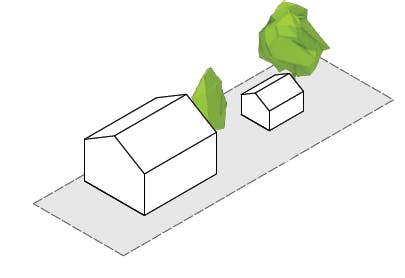FAQ
- Allowed property owners to lease their dwelling.
- Removed the requirement for additional parking for the secondary dwelling.
- Removed the open space required for the secondary dwelling.
- Removed minimum lot size requirements.
- Removed planning approval requirements, provided the design meet specific design criteria.
Why are the small secondary dwelling provisions being reviewed?
What provisions does the small secondary dwelling policy include?
The small secondary dwelling housing type was introduced to respond to housing infill challenges and enable more granny flat style development than was at the time allowed under the R-codes for ancillary dwellings. Fremantle’s small secondary dwelling provisions made changes which:
Has the West Australian government also changed the planning rules for small dwellings?
Over the past five years, there have been significant state-wide planning changes that have responded similarly to the approach taken to Fremantle's small secondary dwellings policy.
The first change was made in 2012 with changes to the ancillary dwelling requirements within the R-codes. The change now made it possible to lease the ancillary dwelling to a non-family member however planning approval was still required for ancillary dwellings.
A change to WA's planning regulations in 2015 also altered requirements for planning approval, with ancillary dwelling being made exempt from planning approval when specific design criteria were met. These criteria can be seen in Table 2 below.
Therefore, Fremantle's (Small Secondary Dwelling) and the state's (Ancillary Dwelling) planning policies have now become more aligned. The remaining differences, as compared in both Table 1 and Table 2 show the different options available to people looking to build a small dwelling.

